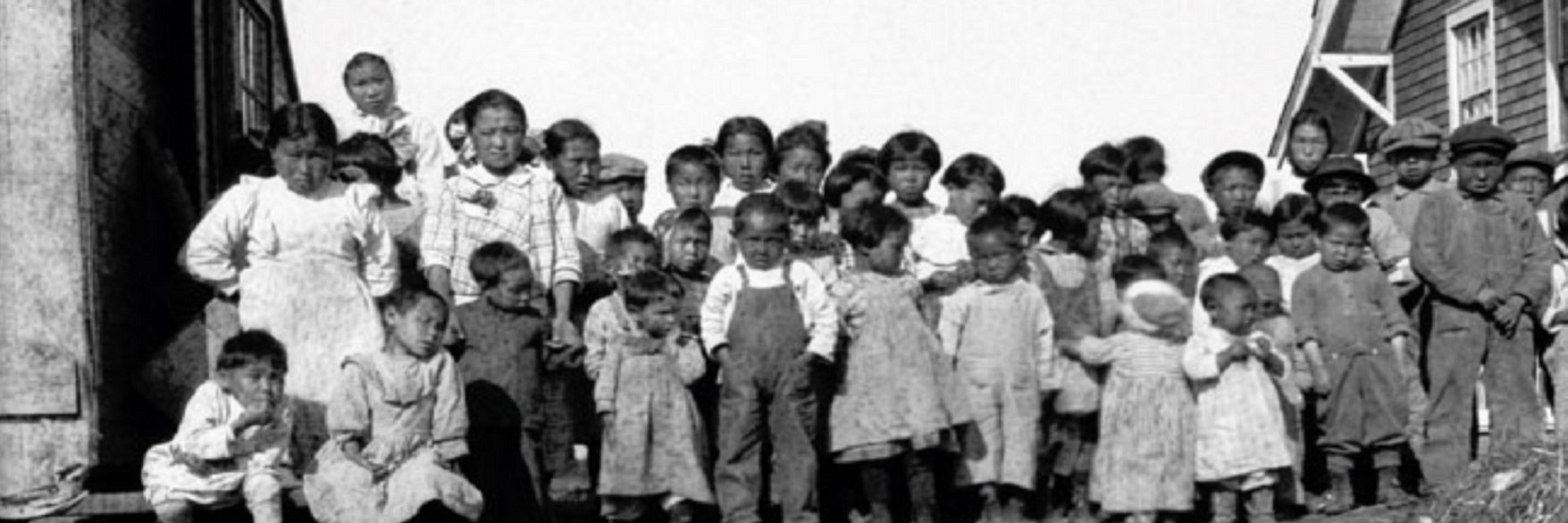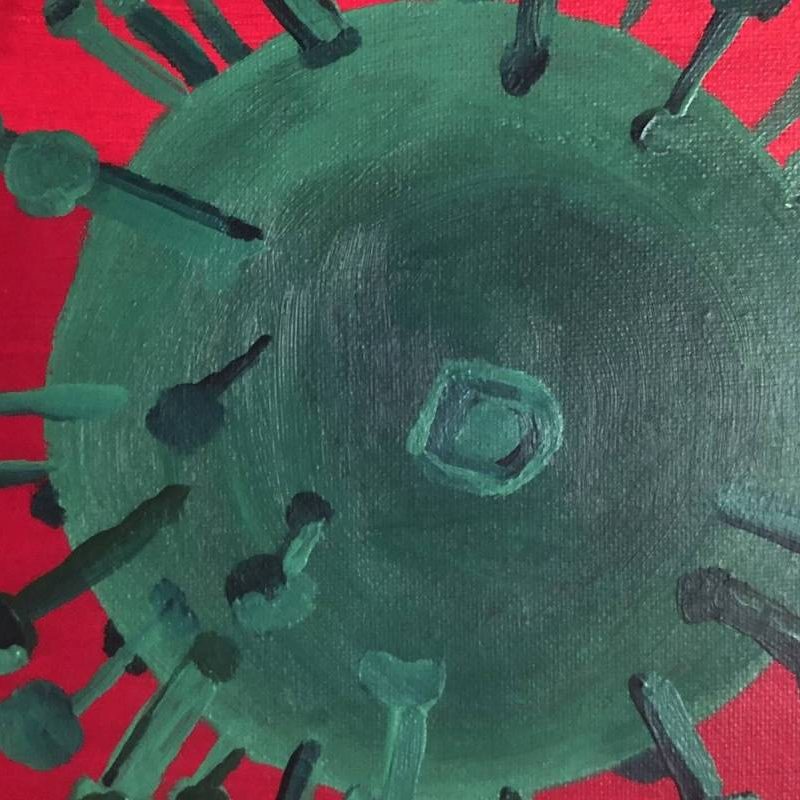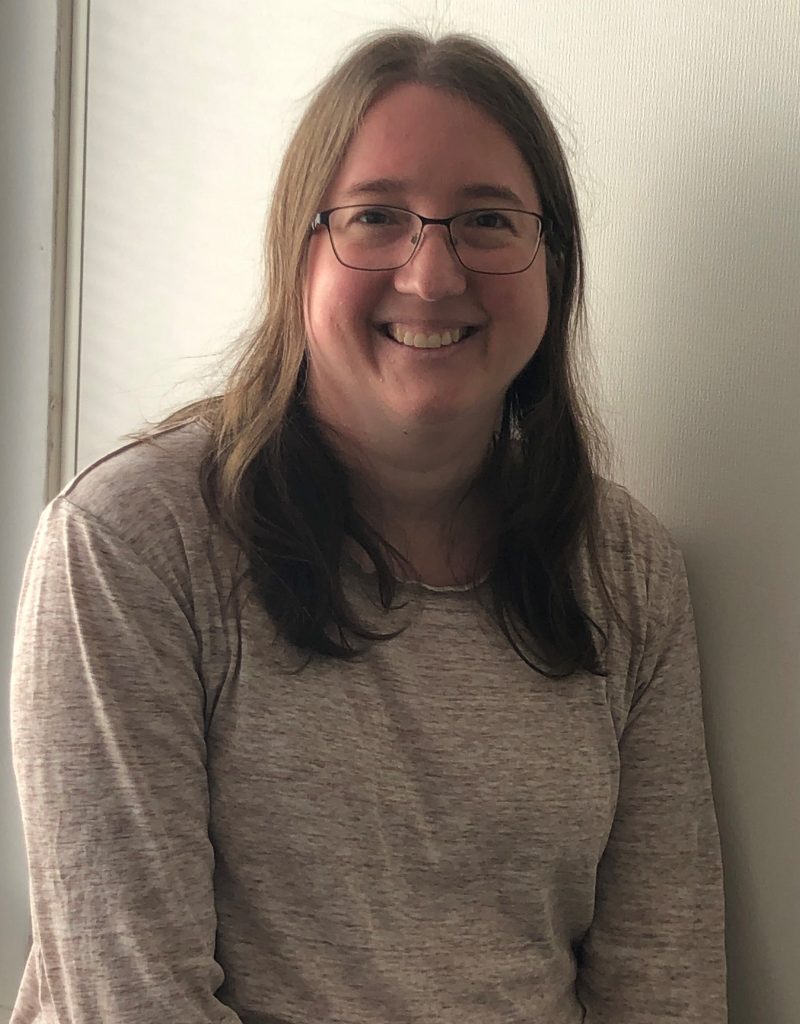Call for applications for Visiting Researcher Program to do research on Indigenous Peoples & Pandemics

Pandemics are one of the most pressing global threats to human life and security, and they have especially serious impacts on Indigenous people throughout the world.
The Centre for Advanced Study (CAS) funded project Social Science Meets Biology: Indigenous People and Severe Influenza Outcomes – CAS, to be held from August 2022 to June 2023, will bring together interdisciplinary researchers to foster conversations that integrate medical, epidemiological and social perspectives. The primary aims are to increase understanding of the commonalities and varieties of Indigenous experiences when faced with pandemic diseases and better appreciate the diversity of pandemic consequences faced by Indigenous vs. non-indigenous peoples.
As part of this project, we welcome applications from advanced PhD students and post-PhD academics at all career stages for a short visit to Oslo during the 2022-2023 academic year. The venue is CAS at the The Norwegian Academy of Science and Letters | Det Norske Videnskaps-Akademi (dnva.no) in Oslo.
Applicants with Indigenous background are especially welcomed, but non-Indigenous researchers are also encouraged to apply. Visiting researchers will be expected to give a talk on their research and will have the opportunity to discuss potential collaborations and proposals with CAS fellows.
We encourage applications from science-oriented researchers with interests in Indigenous people’s experiences with historical, current, and future pandemics. Examples of topics of interest are:
- Disparities in disease outcomes or impacts of public health measures based on Indigenous status, taking socioeconomic and other types of inequalities into account.
- Syndemic interactions among multiple infectious conditions or with non-communicable diseases, chronic health conditions, intergenerational trauma and colonization.
- Relationships between infectious disease epidemics and other crises such as financial crisis, wars, extreme climate events and climate change.
The visiting researcher program will cover transportation costs to Oslo and hotel accommodations for 1-2 weeks.
Please send a CV and cover letter with a short description (1-2 pages) of your research interests and objectives for a visit to Oslo, as well as anticipated timing or availability for travel, to Professor and group leader Svenn-Erik Mamelund (masv@oslomet.no).
APPLICATION DEADLINE: 15 August, 2022






